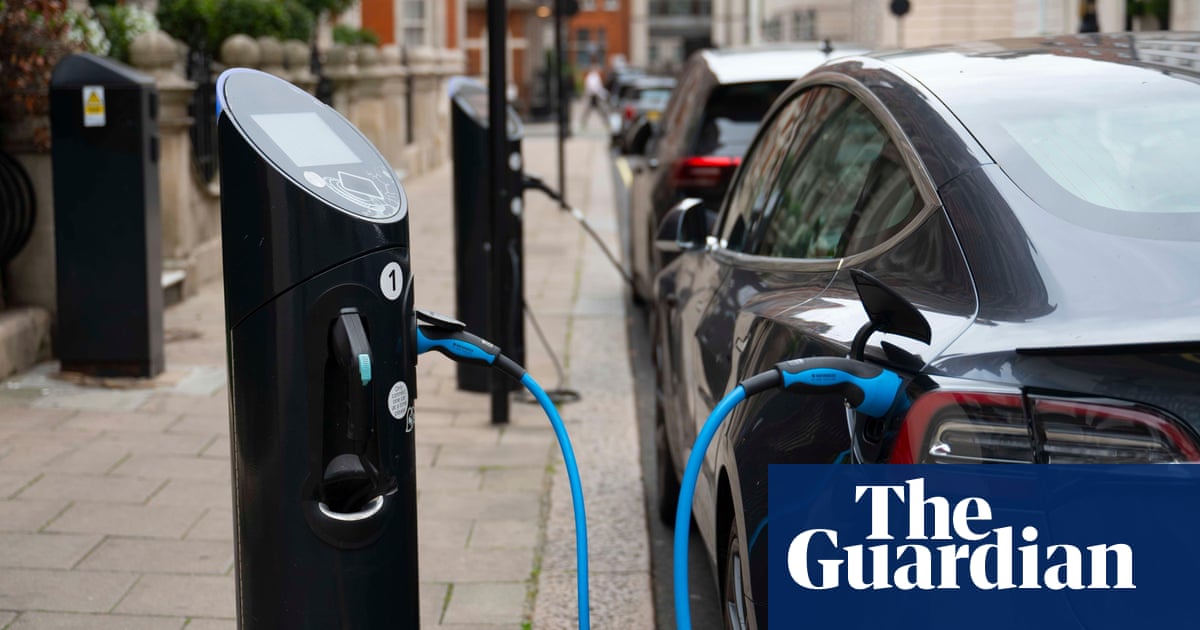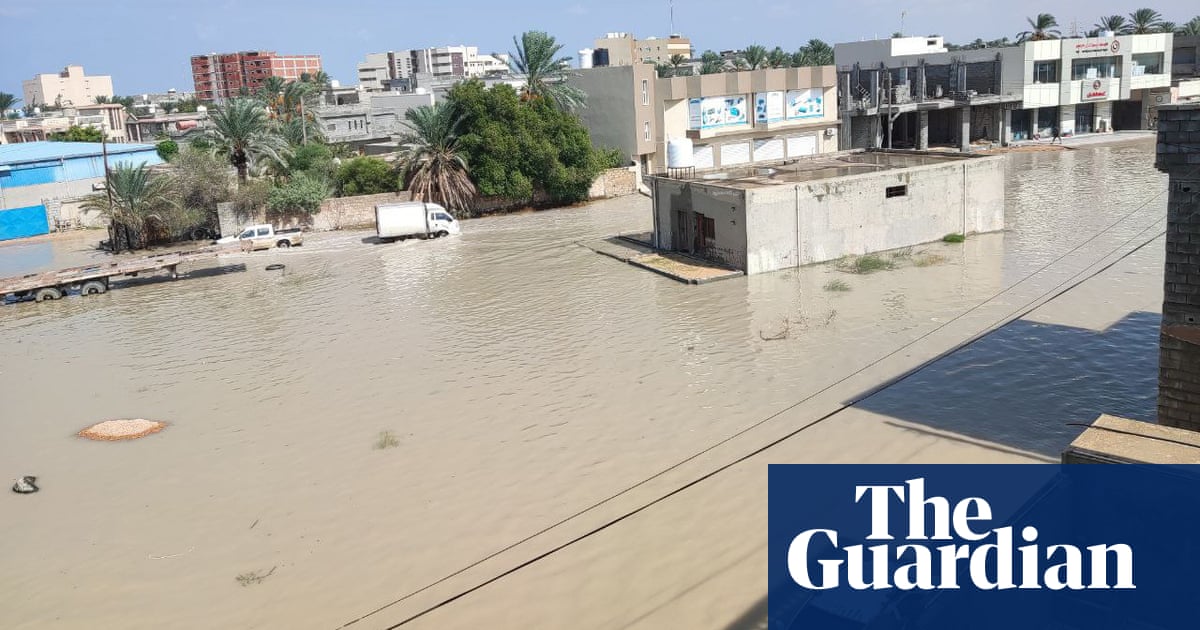
Catastrophic floods such as those that struck Europe recently could become much more frequent as a result of global heating, researchers say.
High-resolution computer models suggest that slow-moving storms could become 14 times more common over land by the end of the century in a worst-case scenario. The slower a storm moves, the more rain it dumps on a small area and the greater the risk of serious flooding.
Researchers already knew that the higher air temperatures caused by the climate crisis mean the atmosphere can hold more moisture, which in turn has led to more extreme downpours. The latest analysis, however, is the first to assess the role of slow-moving storms in causing extreme downpours in Europe.
The storms projected in the new study move even more slowly than those which drenched Germany, the Netherlands and other countries in the past week and so would lead to even more extreme rainfall and flooding. “The simulations give the idea that even worse can happen,” said Abdullah Kahraman at Newcastle University in the UK, who led the research.
Prof Lizzie Kendon at the UK Met Office said: “This study shows that in addition to the intensification of rainfall with global warming, we can also expect a big increase in slow-moving storms. This is very relevant to the recent flooding seen in Germany and Belgium, which highlights the devastating impacts of slow-moving storms.”
Scientists think the rapidly warming Arctic may be the root cause of slowing weather systems, by decelerating high-level winds such as the jet stream. The phenomenon has already been linked to devastating heatwaves in Russia and floods in Pakistan.
The study showed the biggest increase in slow-moving storms over land was in the summer. “In the summertime, especially in August, the highest increase occurs over a large part of the European continent,” said Kahraman.
He was surprised the modelled impact extended to the colder northern regions of Europe: “We found that the whole of Europe, including the UK and Scandinavia, experience such really slow extreme rainstorm potential,” he said.
The intensity and scale of the recent floods in western Europe, in which more than 180 people died, have shocked climate scientists, who did not expect records to be so comprehensively broken over such a wide area or so soon.
The German chancellor, Angela Merkel, visited one of the worst-affected areas on Sunday and said: “We have to up the pace in the fight against climate change.” Many climate scientists have said global heating is making extreme weather more frequent and intense.
The study, published in the journal Geophysical Research Letters, used Met Office computer models with a resolution of 2km, the same as used in short-term weather forecasting. The scientists assessed the change in slow-moving storms in a scenario where carbon emissions are not cut and continue to rise.
“This gives us a very useful idea of how the climate can change if people do not really change in terms of emissions or behaviour, so I think this is useful in that sense,” said Kahraman.
The analysis is one of the first to model the climate of the whole of Europe at such small resolution. The team hope to examine slow-moving storms in other scenarios where emissions are cut in the future, but expect the increases in the frequency of such storms to remain.
“Governments across the world have been too slow in reducing greenhouse gas emissions and global warming continues apace,” said Prof Hayley Fowler, also at Newcastle University and part of the study team.
“This study suggests that changes to extreme storms will be significant and cause an increase in the frequency of devastating flooding across Europe. This, alongside the current floods in Europe, is the wake-up call we need to produce improved emergency warning and management systems.”












